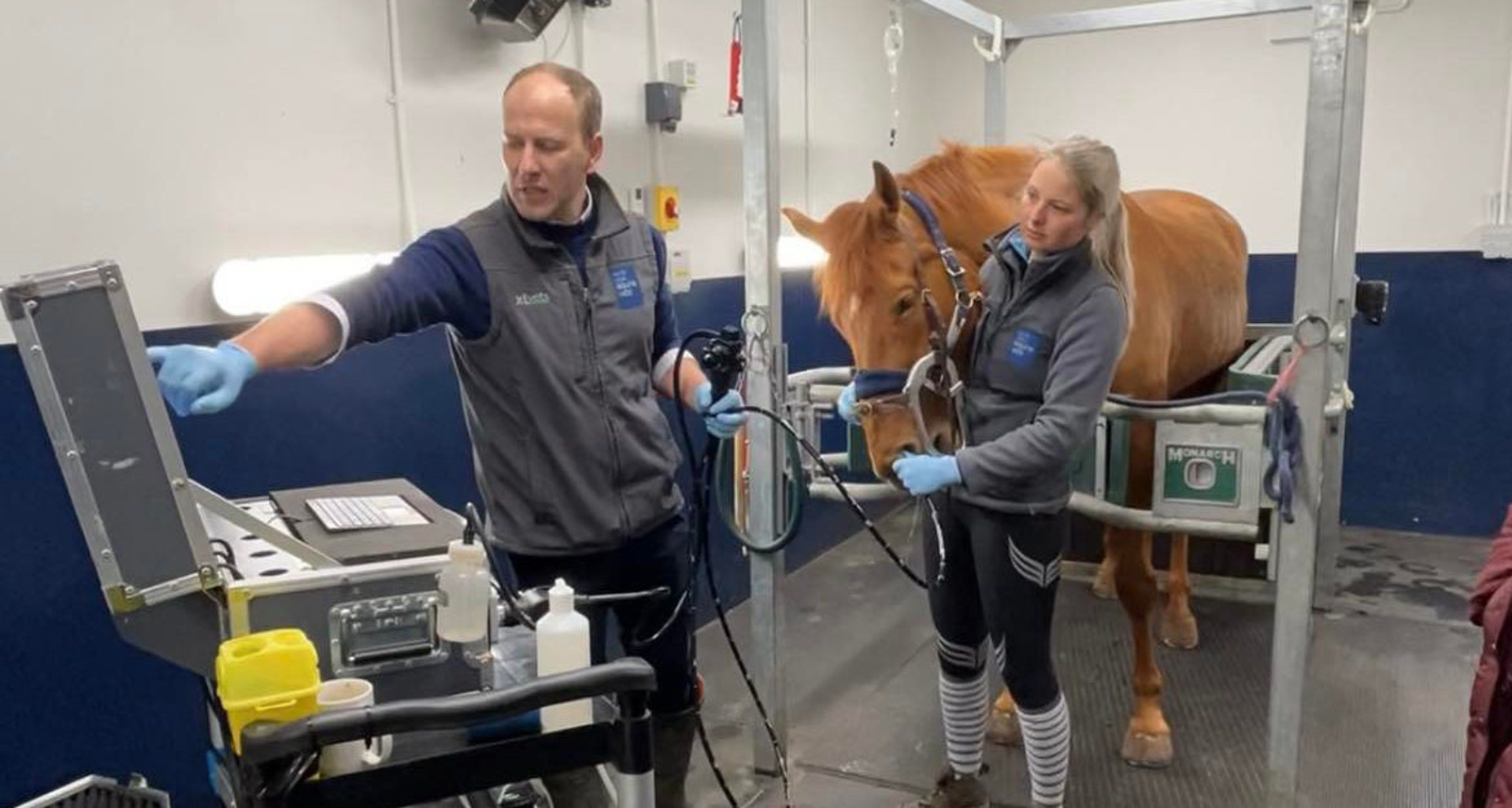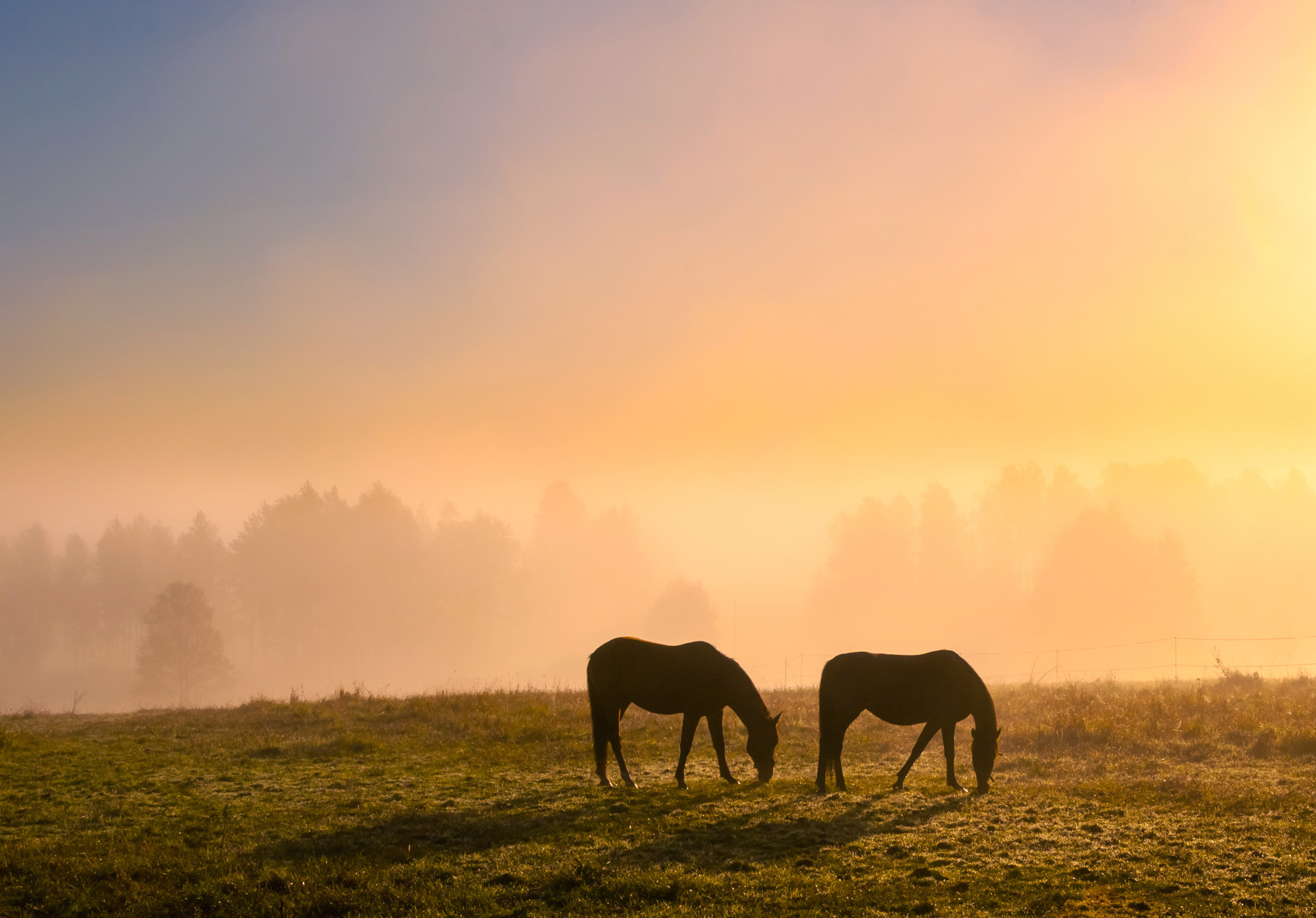
Gastroscopy
Gastric Ulceration
Gastric ulceration is extremely prevalent in the equine population. Studies have shown that anywhere between 11 and 93% of horses may be affected, depending on the population of horses. Traditionally, racehorses were the most common group to suffer from this disease but we are seeing more and more cases in pleasure and leisure horses.
The only way to definitely diagnose equine gastric ulceration syndrome is to pass a specialised endoscope into the stomach.
Preparation
The horse's stomach must be empty of food and have minimal liquid in it. Horses must not have any food available for 16 hours before their gastroscope. They can still have water until 30 minutes beforehand.
Horses can come into the clinic overnight if this will be difficult to achieve at home.
The Process
Firstly we give the horse some sedation and, if at the clinic, the horse is positioned in the stocks.
The gastroscope is passed into one nostril to the back of the throat where it is swallowed and passed down the oesophagus. The majority of horses tolerate this very well.
Once in the stomach a little air is introduced to inflate the stomach - normally the stomach has folds which would prevent us fully examining the lining. A standard procedure is followed to ensure that we check all regions of the stomach right through to the outlet.
Images are then taken for future reference and the air is removed before gently withdrawing the gastroscope.
